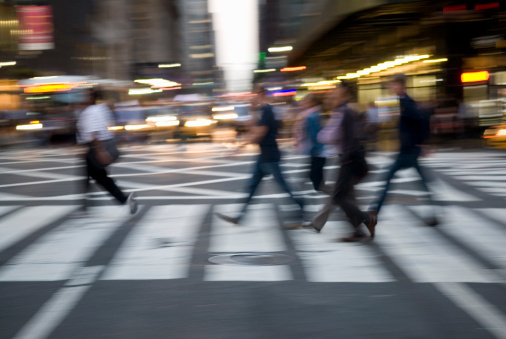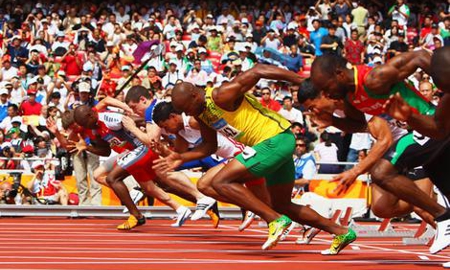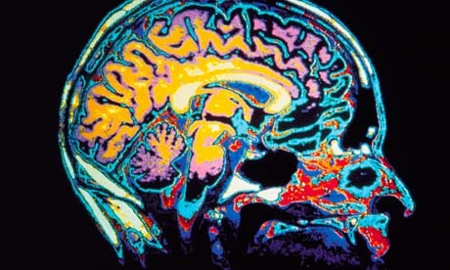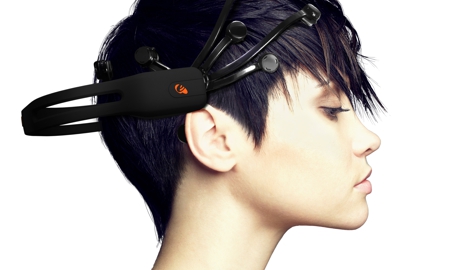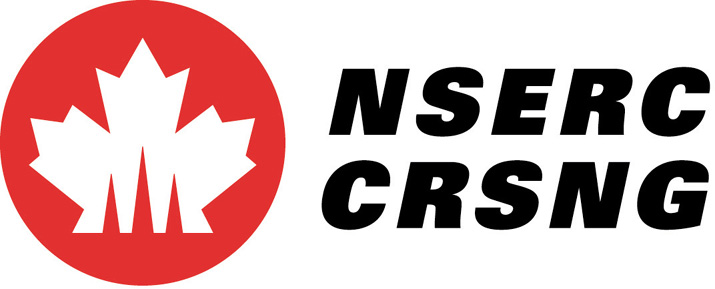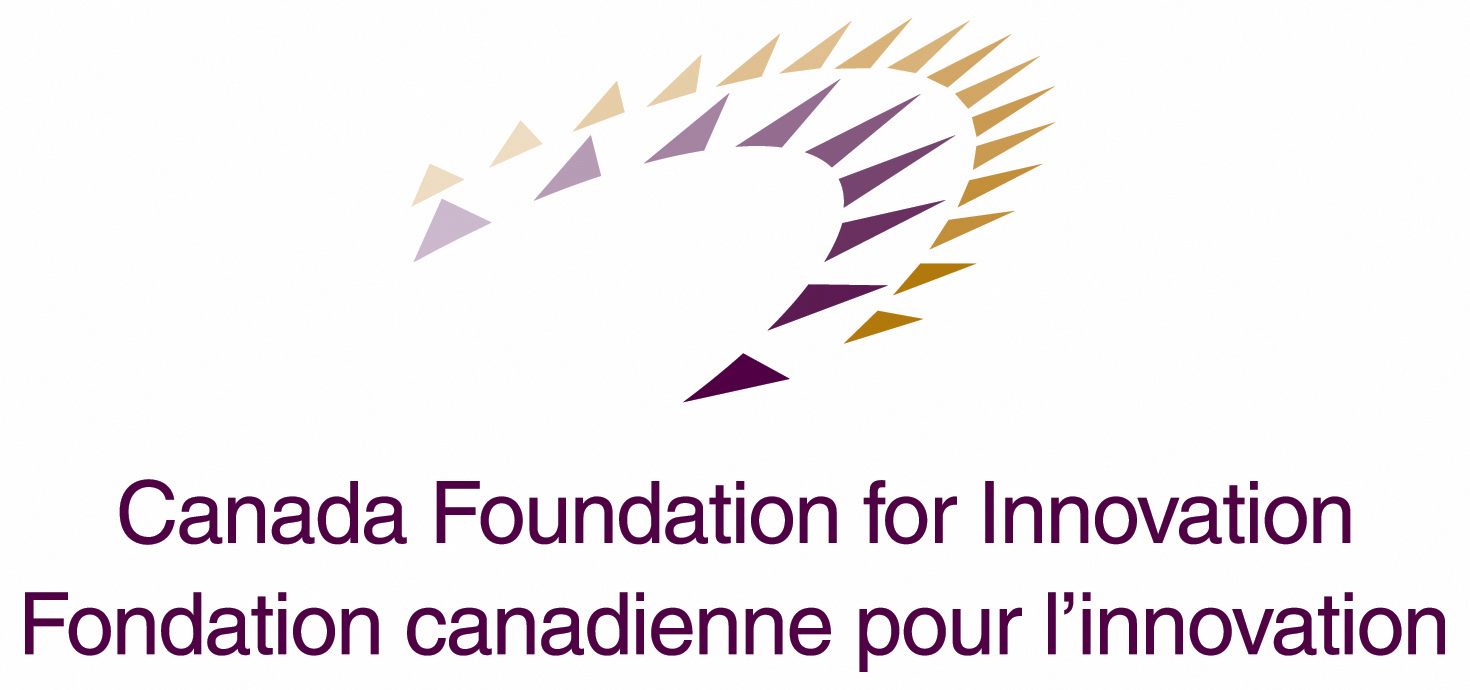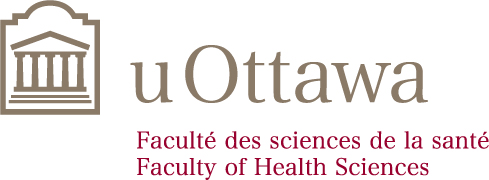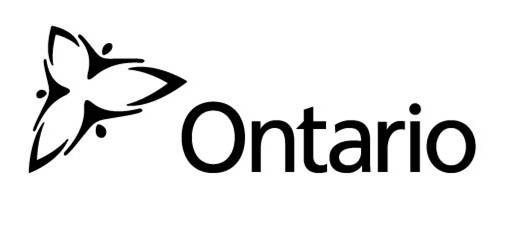The primary focus of our lab is to investigate how humans get ready for, initiate, and control quick movements.
Our main areas of interest are motor control, neurophysiology, and neuromodualtion. Although we perform experiments that overlap with other areas such as motor learning and adaptation, sensorimotor integration, and rehabilitation.
1) Behavioural outcomes of processes related to preparation and initiation of actions.
We use measures such as reaction time, and movement kinematics, as well as tools such as EMG to characterize actions. Reaction time can tell us how well a person was able to "get ready" when a a go-signal was given (imagine a sprinter at the Olympics). Some of our research has shown that presenting a loud startle stimulus can act as a synthetic trigger for these types of actions (see Publications page).2) Neural structures underlying motor preparatory processes
In order to determine the contribution of neural structures to preparation we need to devise clever methods to separate them. We can use startle to look at brainstem activity, while stimulation techniques such as TMS can be used to assess cortical contributions to motor preparation. Other techniques and designs using changes to movement outcomes and EMG can show how motor preparation changes over time, with learning, and in response to rehabilitation. Some of our recent research has characterized motor preparatory activation throughout the waiting period in reaction time tasks (see Published Article here).3) Determining if motor preparation can be increased or decreased using brain stimulation techniques such as TMS and tDCS.
Once we know which brain structures are responsible for which preparatory functions, we can target those areas for neuromodulation - meaning we can try to alter their activity to result in the desired outcomes. Repetitive TMS (rTMS) s a technique that can increase or decrease neural activity in a very focal way. tDCS on the other hand, has a more diffuse area of action and has been shown to be effective to moculate brain activity. For example, we have shown that using tDCS we can speed up reaction time in healthy control subjects (see Publications).Each part of this research involves different methods and employs different levels of analysis in order to provide more holistic view of the neural contributions to motor preparation and the behavioural outcomes of experimental manipulations. This research will greatly extend our understanding of motor preparation and sensory integration from behavioural and neurophysiological levels of analysis with implications for individuals with neuro-motor disorders such as Parkinson's disease and stroke. The outcomes of this research may have direct or indirect impacts in several areas: Knowledge gained from this research may contribute to the development of new technologies such as prosthetic devices, and this research may also lead to novel interventions and treatments for individuals with sensorimotor deficits, resulting in direct beneficial impacts to the health care system such as improved treatments and lowered costs.




